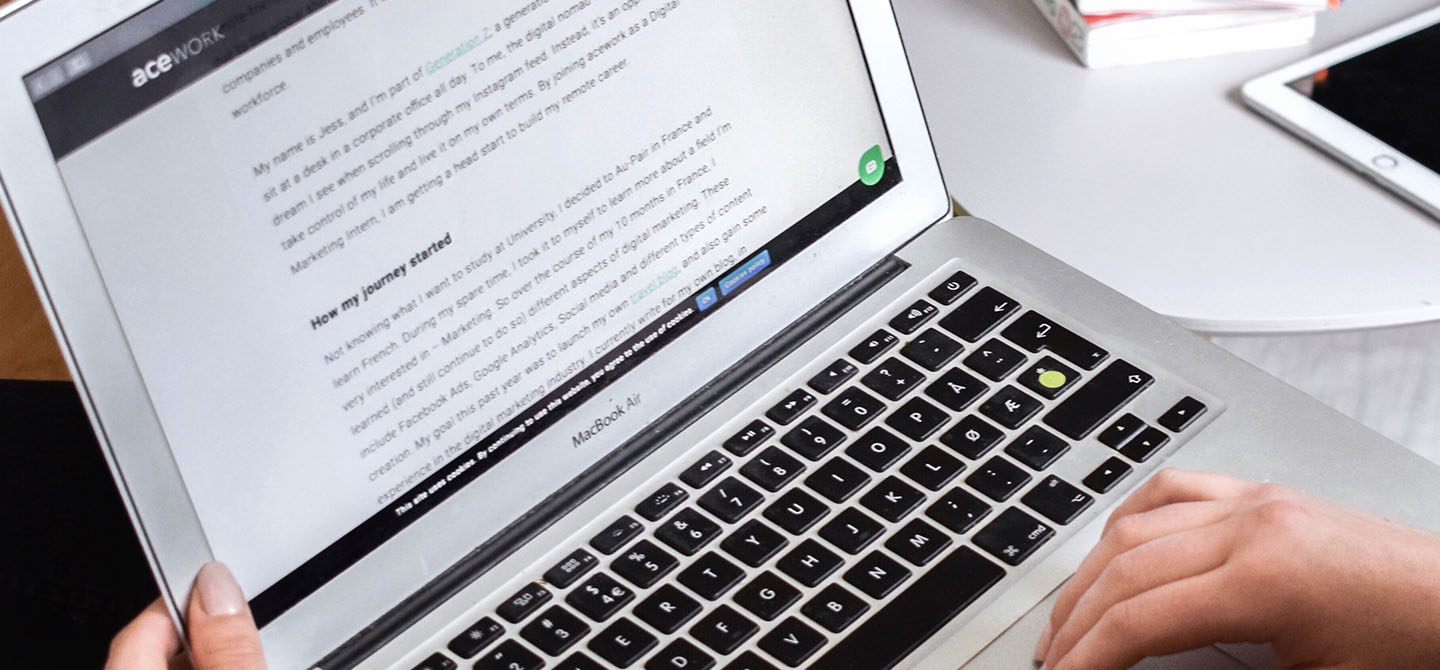Menu
Cloud-based ‘Software as a Service’ (SaaS) is becoming increasingly popular for many businesses. Unlike traditional software licenses, your SaaS customers do not own your software when they pay for it. Rather, your customers have the right to use your SaaS software, as long as they continue to subscribe.
What is a SaaS Agreement?
A SaaS agreement is a contract between you and your customers. It sets out the terms under which the software may be used. These agreements include how your customer may access and use your software, as well as subscription and payment. They also usually include a service level agreement (SLA), which specifies rules about any services you are providing in addition to use of the software, such as hosting, customer support and software maintenance.
As the provider of a SaaS product, it is important to ensure your SaaS agreement is right for your business, and that you understand your rights and obligations under it. This article is a general guide to some key legal considerations when drafting your SaaS agreement.
Online Templates vs Professionally Drafted SaaS Agreements
Because SaaS products are so diverse, the specifics of SaaS agreements can vary widely. It is important to consider the specific needs of your business and your software when deciding what to include in your SaaS agreement. Depending on how complex your software and service are, you may benefit from legal advice and assistance in drafting your agreement. However, this can be costly, particularly if you are just getting started. As an alternative, many online templates exist, which you can edit to suit your needs. While online template can be a faster, cheaper alternative nothing will better protect your business than an agreement custom drafted by a technology specialist lawyer.
Common terms to include in your SaaS agreement
Because your SaaS agreement is a reflection of the unique service your business is providing, what terms you include in your agreement is ultimately up to you. A SaaS agreement typically includes the following general terms about the the service you are providing:
- Specifying the service. This includes what software your customer has access to and how they can use it (for example, cloud-based access). You can specify about services further in your SLA (including tech support, hosting, and updates).
- Subscription fee and term. Your agreement should set out how much your services cost, and for what period that fee allows your customer to use your service.
- User restrictions and responsibilities. Do you want to prohibit use of your software in a certain way? If so, you should include this in your agreement. Your agreement should include any restrictions you wish to impose on your customers’ use of your software (such as prohibiting tampering or reselling).
- Specifying who may use the software. Can your customer share their use of your software with other members of their business? External parties? You should specify whose use of your software your agreement covers.
- Termination: You should specify how the SaaS agreement may be exited. This should include rules about when you can terminate the agreement and stop providing the service (for example, at the end of the subscription, or if your customer breaches the terms of your agreement).
Using your SaaS agreement to protect your software and your business
In addition to setting out the terms of your customers’ use of your service, your SaaS agreement can protect your business and software. You should consider specifying rules about the following:
- Your intellectual property rights: Licensing is the key intellectual property protection for SaaS. Your agreement should specify how your customer can use your software (including whether you want to allow or prohibit modification or alteration of your software). It should also specify that the license is revocable on termination of your customer’s subscription.
- Rules about customer data: It is essential to set out the rules about data security and privacy. You should also specify whether you or your customer owns the data added, created and stored on your software.
- Limitation of liability: It is important to disclaim liability for any risks that your customer faces when using your software that are outside of your control. For example, if you use a third party as part of your service (such as a host), you should have a disclaimer for any fault on their part. You should also seek to limit liability more generally. Although you should take reasonable steps to ensure your software functions as advertised, your agreement should state that you do no guarantee its suitability for any specific user’s requirements. This section should also include a summary of your obligations to the client under the Australian Consumer Law if you are operating in Australia, or providing your services to customers in Australia.
To Sum Up
As a supplier of SaaS, your SaaS agreement is your contract with your customer. SaaS agreements define the way your customers can use your software. They are also an important legal protection for your business and software. Therefore it is important to understand your SaaS agreement, and ensure it suits your business and software.
If you would like to speak with our technology lawyers, just contact us via 1300 337 997 or by filling out the contact form.







